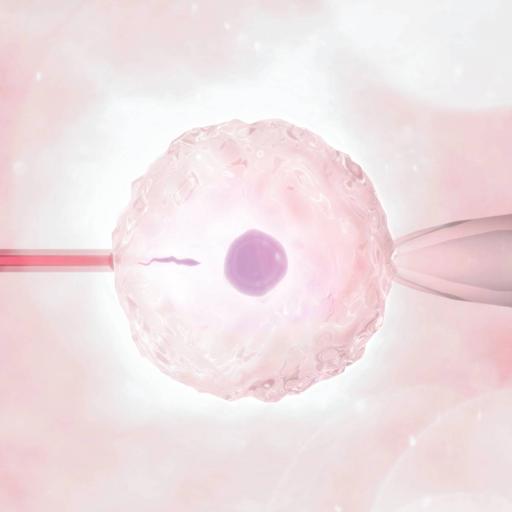Reproduction
Presentations | English
Reproduction means to reproduce. It is a biological process by which an organism reproduces an offspring who is biologically similar to the organism. Reproduction enables and ensures the continuity of species, generation after generation. It is the main feature of life on earth. There are basically two types of reproduction: Asexual Reproduction and Sexual Reproduction. Asexual reproduction does not involve the fusion of gametes, and therefore, the offsprings produced are genetically identical to the parent. The organisms produced by asexual reproduction are less diverse in nature. This type of reproduction is practised widely by unicellular organisms. In sexual reproduction, male and female gametes are formed to produce an offspring. These gametes are either formed by the same individual or by different individuals of the opposite sex. This process is usually slow and complex compared to asexual reproduction. The organisms so produced are genetically diverse. Thus, they can evolve along with the changing climatic conditions. Humans and many multicellular organisms exhibit a sexual mode of reproduction.

91.00
101.50
Lumens
PPTX (203 Slides)
Reproduction
Presentations | English
